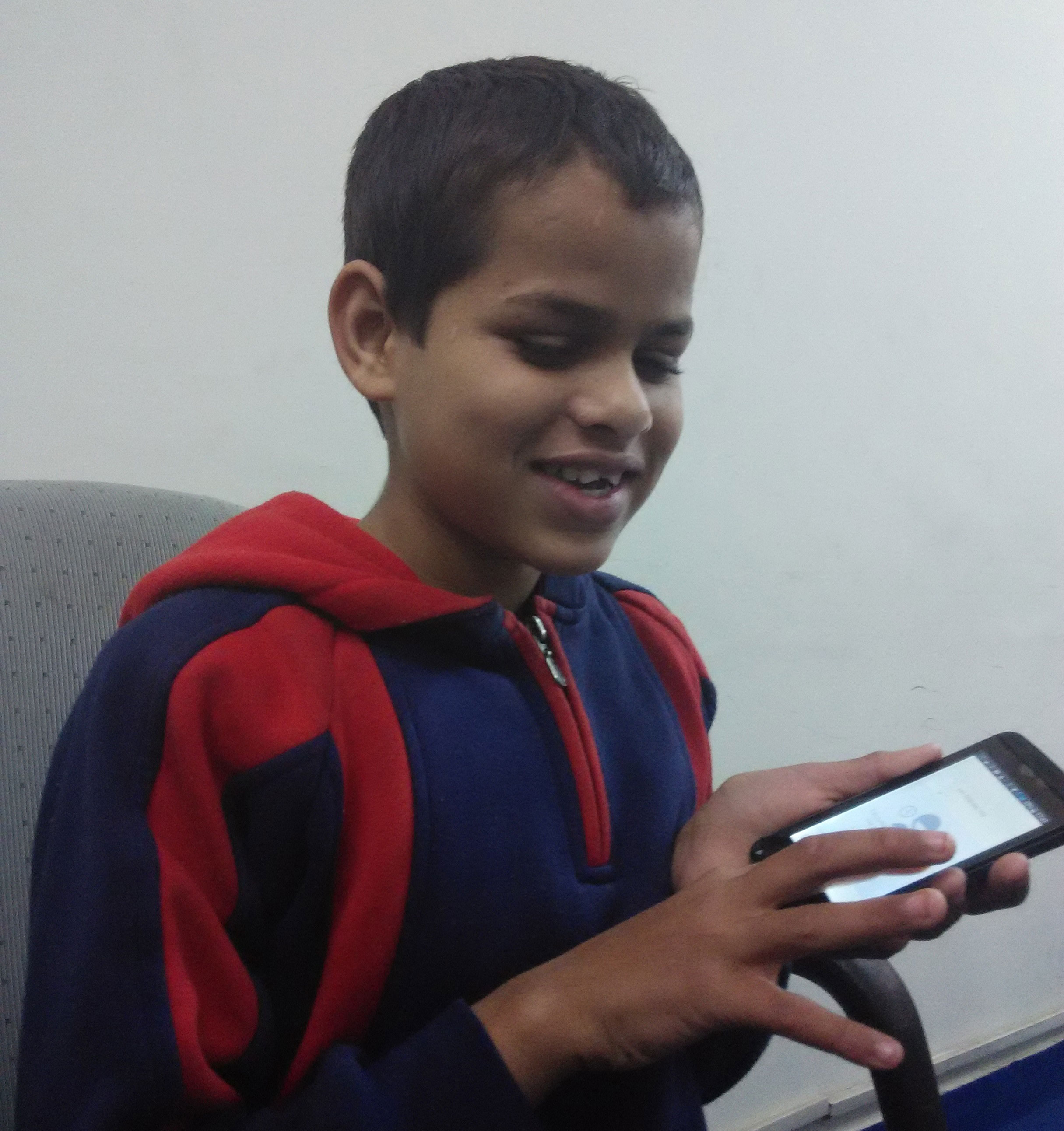The new frontiers of virtual reality
Virtual reality can change the way
individuals and groups interact, and for those interested in
experiencing and sharing its powerful benefits

Virtual reality opens the avenues to experience places and time periods otherwise inaccessible to an individual.
Virtual
reality (VR) has entered its golden age and now has the potential to
help people experience episodes and incidences, across time periods,
from a uniquely first-person perspective. While VR continues to make its
mark on entertainment, it has immense potential to allow people to
experience something ground-breaking. It equips people to experience
being in two realities at once, making ‘duality of presence’—being
present in two ‘worlds’ at once—a possibility. This extrapolation of VR
into reality has an extraordinary potential to create greater empathy,
understanding, compassion, and connection to the ‘real world’.
Virtual
reality has the capability to make one feel, and the power to make one
‘know’. By immersing in a ‘real’ experience, VR provides a perspective
from prime sources and acts as a representation of the real world. It
has the potential to positively impact sectors such as healthcare, media
and bring immersive experiences to life.
Immersive healing
High-resolution
imaging and detection technologies help enable precise, swift, and
timely diagnosis, can limit the number of invasive procedures, and
support preventive care. As an example, VR is currently being used to
help patients suffering from post-traumatic stress disorder (PTSD).
Utilizing Bravemind,
a clinical, interactive, virtual reality-based exposure therapy tool,
an immersive and realistic virtual environment as well as unique
interactive scenarios can be recreated. These enable a full-body
experience to help normalize the patients’ experiences, thus
fast-forwarding the therapy in some cases by as much as two to three
years.
Immersive discoveries
VR
opens the avenues to experience places and time periods otherwise
inaccessible to an individual. This feeds into man’s desire for
continuous discovery of the earth, ocean and even the stars. One such
example of this is the creation of Cry Out: The Lonely Whale Experience,
an underwater VR expedition. It takes the viewer into the depths of the
sea where they can witness the underwater life and how pollution has
disrupted and injured the delicate ecosystems that create our oceans.
This experience educates individuals about the implication of a mere
ordinary act on climate change.
Immersive action
VR
has also made an impact on journalism, bringing stories closer to life
for viewers. With video content fast becoming one of the most popular
modes of consumption, many media houses are significantly investing in
platforms which enable a video-first content approach. With a firm
foundation of traditional journalism, experiences are designed which
offer viewers a fully embodied walk-around technology. This offers a
virtual but “first-hand” sensation of being an actual witness as a story
unfolds.
Many media houses internationally have
already ventured into virtual journalism and have produced numerous VR
documentaries. With the rapid technological advancements in India, VR
stands at the cusp of altering storytelling forever. Indian
documentaries such as Cost of Coal (India’s first documentary in VR) and
Displaced, planned for release in 2016, are indicative of the potential
in the technology.
What’s next?
VR
can fundamentally change the way individuals, groups and organizations
interact, and for those interested in experiencing and sharing its
powerful benefits, it offers an exceptional opportunity, perhaps unlike
any other medium. To realise the full potential of VR, pioneering VR
headsets and VR-capable hardware and software are required. This is only
possible through the partnerships and vision of companies and
organizations that bring the most cutting-edge technology to this
virtual table. And that’s the reality.
Roy Taylor is corporate vice president of alliances, Advanced Micro Devices Inc.





